Portrait shots photography often emphasizes the subject, but the background plays an equally crucial role in telling a story. A well-thought-out background complements your subject, enhances the overall aesthetic, and provides context to the image. Conversely, an overlooked or cluttered background can distract viewers and diminish the portrait’s impact.
This comprehensive guide explores the significance of backgrounds in portrait shots, covering everything from choosing the right setting to creative techniques for blending your subject seamlessly with their environment. Whether you’re shooting indoors, outdoors, or in a studio, mastering the art of backgrounds can elevate your Portrait shots photography to new heights.
1. Understanding the Role of Backgrounds in Portrait Photography
The background is more than just a setting—it’s an integral part of the composition. A well-chosen background enhances the subject’s presence while providing balance and depth.
1.1 Enhancing the Subject
A thoughtful background doesn’t overpower the subject but subtly supports and frames them. It ensures the viewer’s attention remains on the main focus of the image.
1.2 Providing Context
The background can set the scene for your portrait, giving viewers clues about the subject’s personality, profession, or mood.
1.3 Creating Emotional Impact
The right background can evoke specific emotions, adding depth and storytelling elements to your image. For instance, a serene beach backdrop conveys calmness, while an urban cityscape may evoke energy or sophistication.
2. Common Mistakes in Choosing Backgrounds
Even experienced photographers occasionally make errors when selecting or managing backgrounds. Understanding these pitfalls can help you avoid them.
2.1 Ignoring Clutter
Busy or cluttered backgrounds can distract from your subject. Always assess the scene for unnecessary elements that may compete for attention.
2.2 Overlooking Lighting Conditions
Background lighting can significantly affect your portrait shots. Uneven lighting or harsh shadows may create a disjointed look.
2.3 Failing to Match Background with Subject
A mismatch between the subject and background can make your portrait feel disconnected. For example, a formal portrait against a casual backdrop might confuse the viewer.
3. Choosing the Perfect Background for Portraits Shots
Selecting the ideal background involves balancing aesthetics, storytelling, and technical considerations.
3.1 Indoor Backgrounds
- Plain Walls: Ideal for minimalist and professional portraits. A neutral-colored wall keeps the focus on the subject.
- Decorative Interiors: Use home or office interiors for lifestyle portraits. Select areas that reflect the subject’s personality without being too distracting.
- Studio Backdrops: Invest in versatile backdrops, such as seamless paper, canvas, or textured backgrounds, to suit various themes.
3.2 Outdoor Backgrounds
- Natural Settings: Parks, beaches, or forests offer vibrant and organic backdrops. Use shallow depth of field to isolate your subject from busy environments.
- Urban Landscapes: Cityscapes, graffiti walls, or industrial areas provide bold and dynamic settings for modern portraits.
- Golden Hour Lighting: The soft, warm tones of sunrise or sunset enhance outdoor backgrounds and add a magical glow to your portraits.
3.3 Virtual or Digital Backgrounds
In the age of technology, digital backgrounds can be used creatively to match specific themes or overcome logistical challenges. Ensure your editing aligns with the natural tones and lighting of your subject.
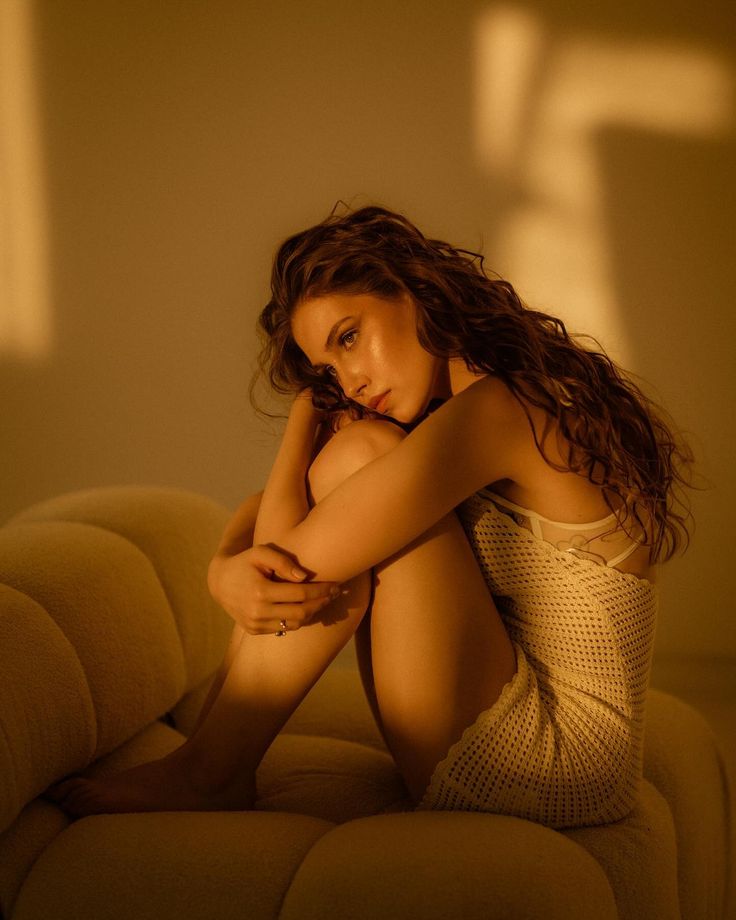
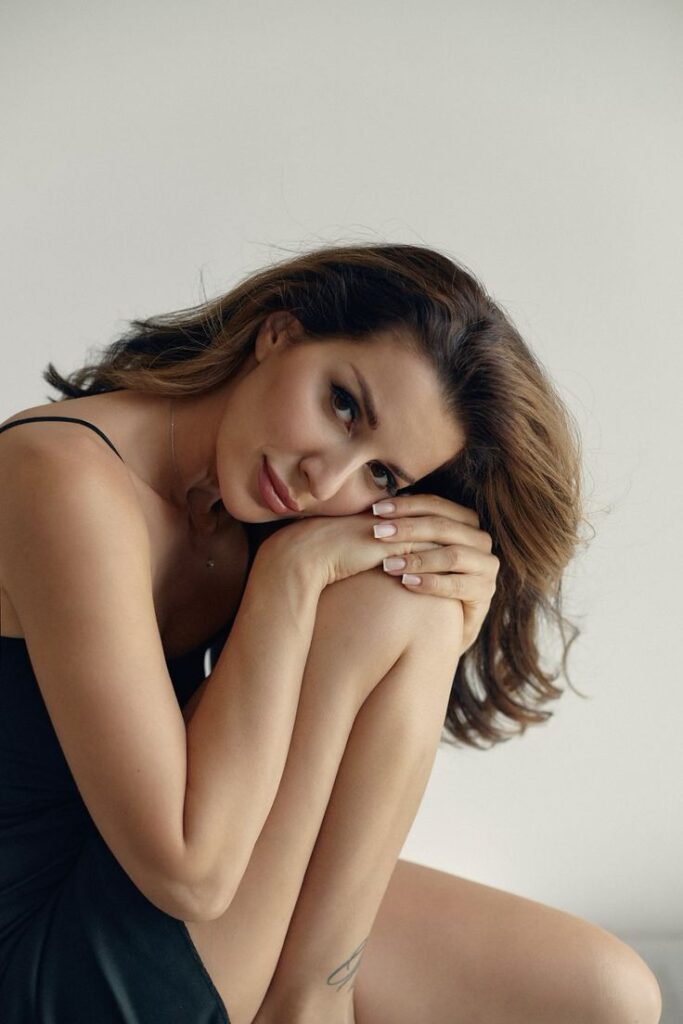

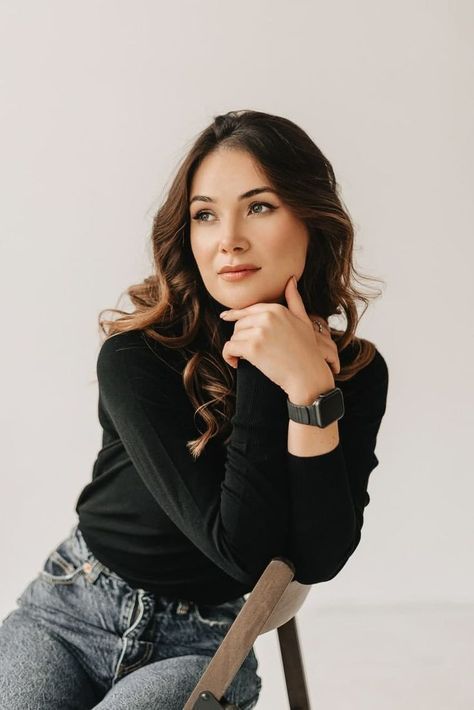
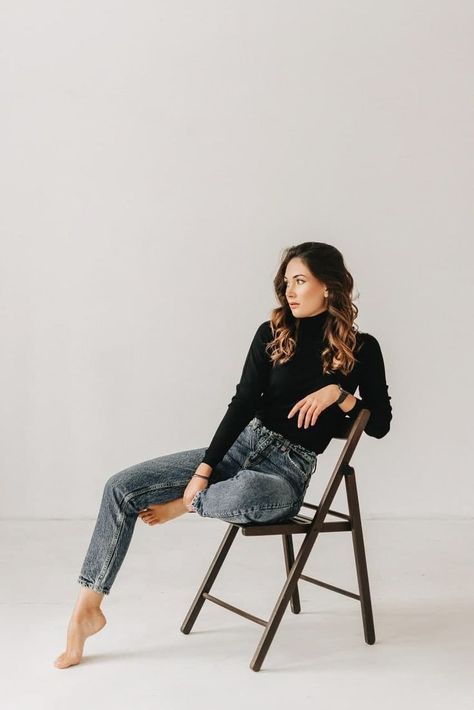
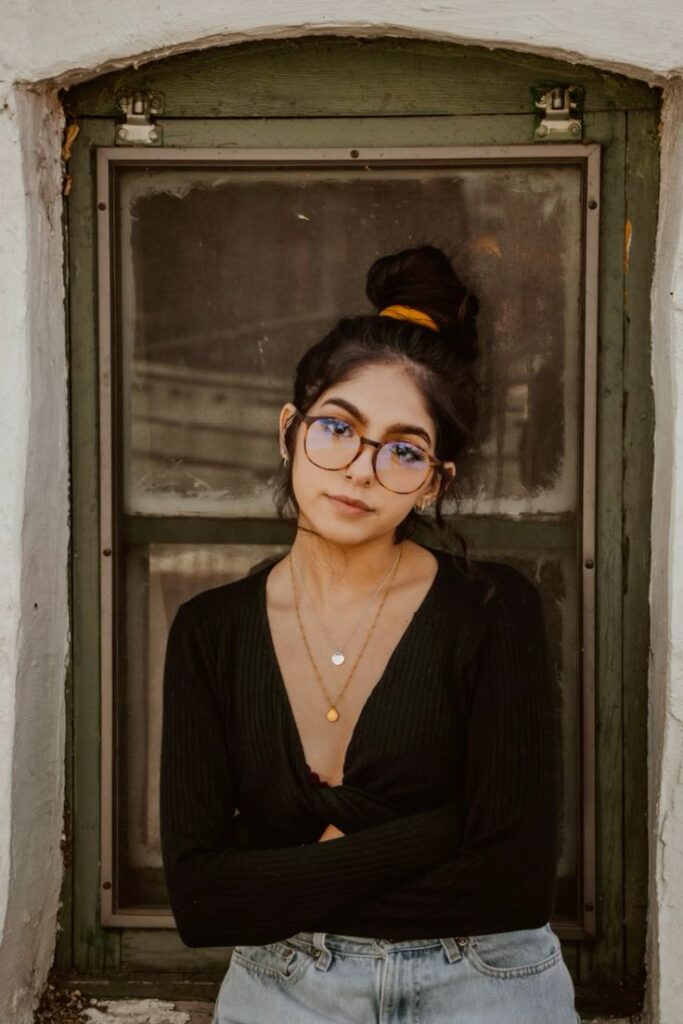
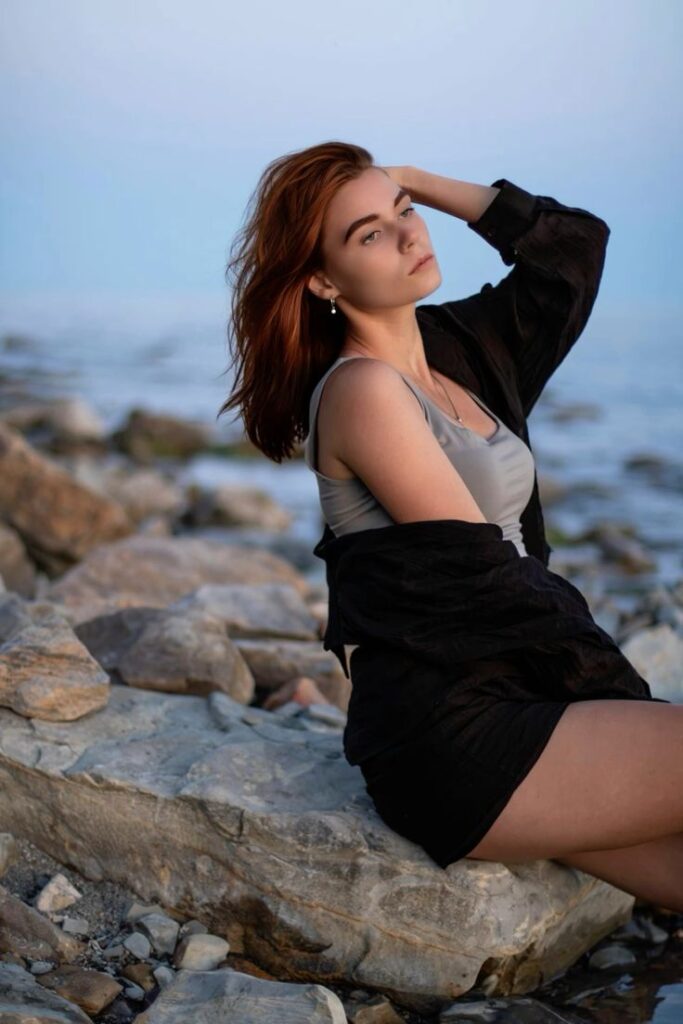

4. Techniques for Managing Backgrounds
Whether you’re working with a natural environment or a controlled studio setup, certain techniques help manage backgrounds effectively.
4.1 Depth of Field and Bokeh
Using a wide aperture (e.g., f/1.8 or f/2.8) blurs the background while keeping the subject sharp. This technique draws attention to the subject and minimizes distractions.
4.2 Framing the Subject
Natural or architectural frames, such as windows, doorways, or tree branches, guide the viewer’s eye to the subject while adding depth.
4.3 Strategic Cropping
Crop out unnecessary elements in the background during post-processing to create a cleaner composition.
4.4 Use of Props
Props in the background can complement your subject when used subtly. For example, bookshelves in an academic portrait or flowers for a romantic vibe.
5. Incorporating Backgrounds to Tell Stories
Backgrounds serve as visual storytellers. Thoughtfully incorporating them can elevate the narrative of your portrait.
5.1 Contextual Backgrounds
For environmental portraits, include elements that showcase your subject’s profession, hobby, or lifestyle. For instance:
- A chef in their kitchen.
- A musician in a recording studio.
- An artist in their workspace.
5.2 Symbolic Backgrounds
Use symbolic backgrounds to convey themes or emotions. For example, a vast desert may symbolize isolation, while a lush garden represents growth and vitality.
5.3 Contrast and Harmony
Decide whether you want the background to harmonize with the subject or contrast it. Contrasting colors or textures can make your subject pop, while harmony creates a cohesive feel.
6. The Role of Colors and Textures in Backgrounds
Colors and textures in the background can subtly influence the mood and focus of your portrait.
6.1 Color Psychology
Different colors evoke different emotions. Choose hues that align with the story you want to tell.
- Warm tones (red, orange) create energy and passion.
- Cool tones (blue, green) evoke calmness and serenity.
- Neutral tones (white, beige) keep the focus on the subject.
6.2 Textural Balance
Background textures, such as brick walls, wooden panels, or fabric drapes, can add depth and richness. Avoid overly busy textures that may steal attention from the subject.
7. Inclusive Background Choices
Incorporating inclusive and diverse elements in your backgrounds ensures your portraits resonate with a broader audience.
7.1 Reflecting Diversity
Choose backgrounds that celebrate various cultures, lifestyles, and communities. For instance, incorporating traditional architecture or textiles can add cultural depth.
7.2 Accessibility Considerations
When shooting on location, ensure the background is accessible and comfortable for all clients, including those with mobility challenges.
7.3 Respect for Environments
Be mindful of the environments you use as backdrops. Avoid using sacred or culturally significant spaces without proper permissions.
8. The Background in Post-Processing
Editing allows you to refine your backgrounds and correct any distractions that couldn’t be managed during the shoot.
8.1 Removing Distracting Elements
Use tools like the clone stamp or healing brush in Photoshop to eliminate unwanted objects or blemishes in the background.
8.2 Enhancing Colors and Tones
Adjust the saturation, brightness, and contrast of your background to make it complement your subject.
8.3 Adding Blur or Depth
If the background feels too sharp or distracting, add a subtle blur to create a more professional look.
Conclusion: Backgrounds as a Key Element in Portrait Shots Photography
Backgrounds are far more than a secondary component in portrait shots photography—they’re an essential part of the visual story. By understanding how to choose and manage backgrounds effectively, you can elevate your portraits from simple snapshots to meaningful works of art.
Remember, the perfect background doesn’t have to be extravagant; it just needs to support and enhance your subject. With practice and creativity, you’ll master the art of crafting stunning portraits with backgrounds that tell compelling stories.

Sony Alpha a7 IV: The Ultimate Camera for Photography
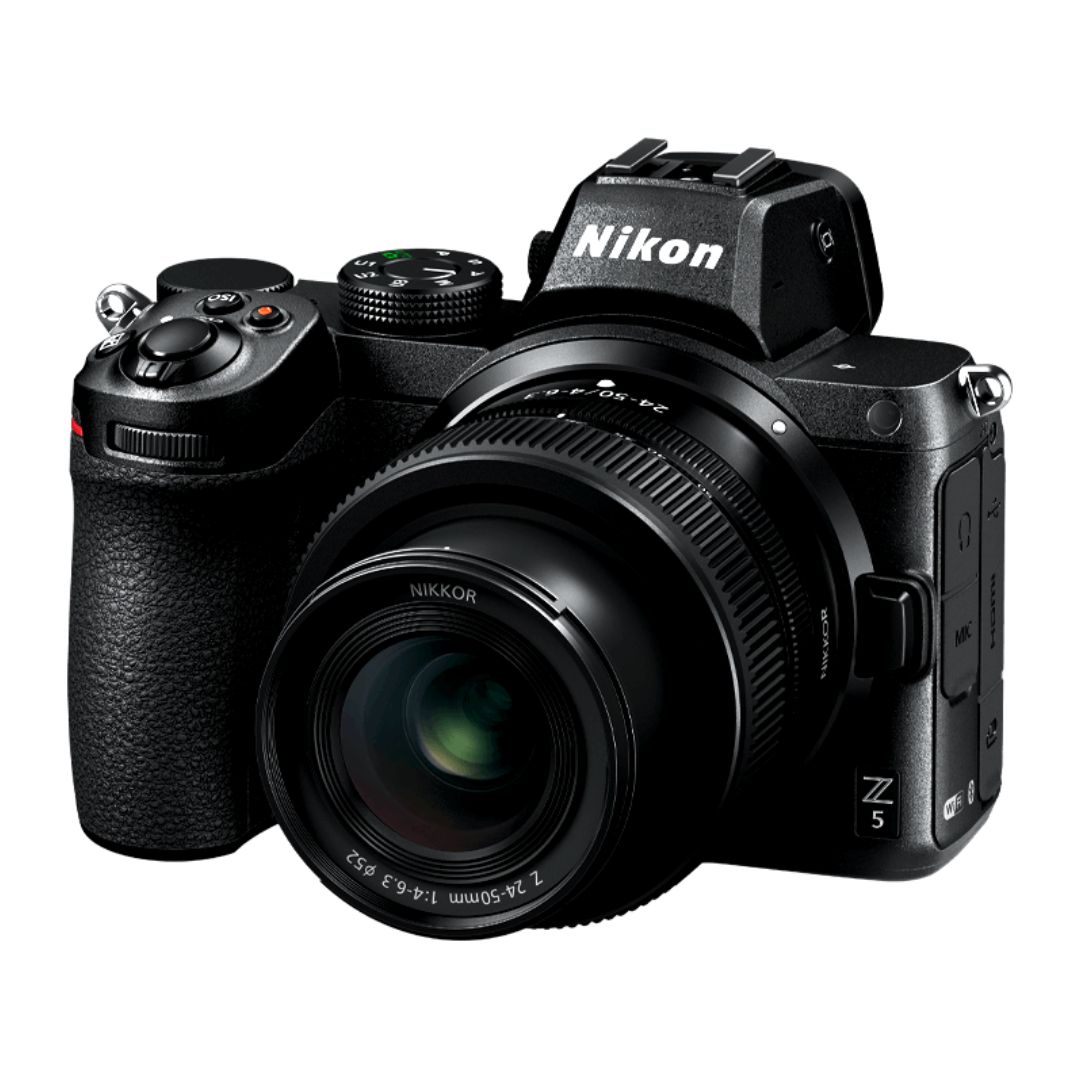
Nikon Z5 Review: Is It Worth It?
-
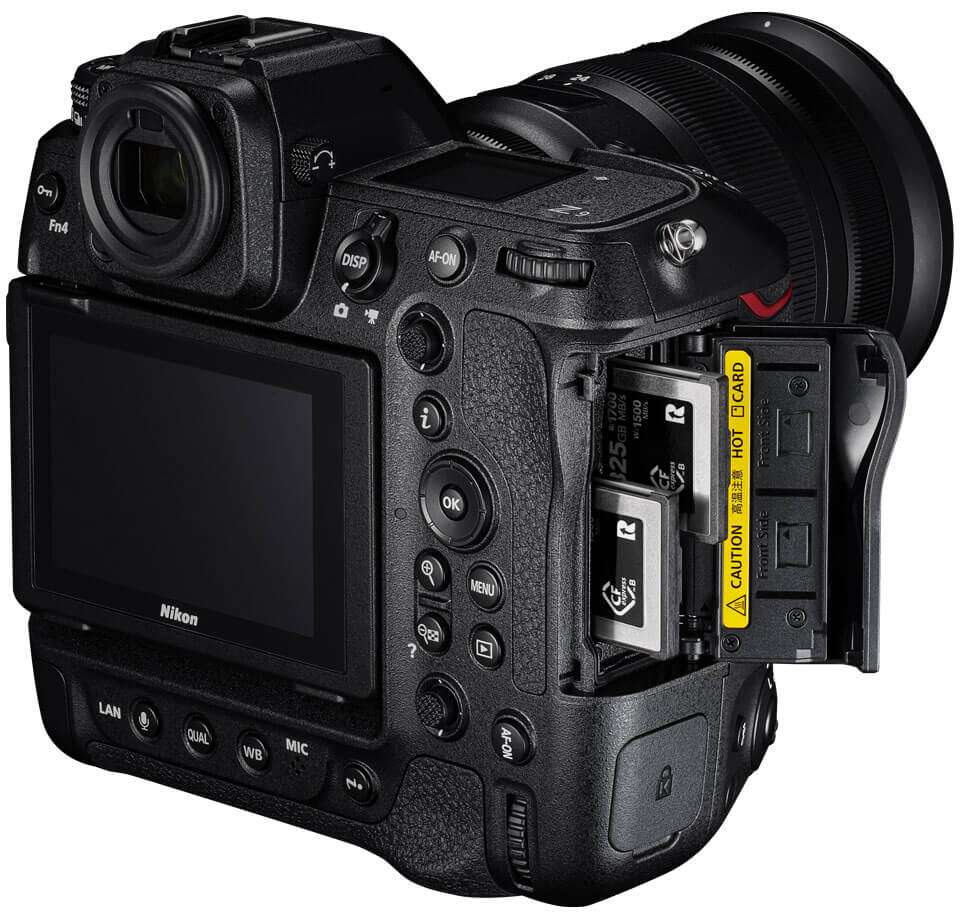
Nikon Z9 : Game-Changer for Photography
-

Top Features of Nikon D850 That Make It Ideal for Portfolio Shoots
Sony Alpha a7 IV: The Ultimate Camera for Photography
Explore the Sony Alpha a7 IV in this complete 2025 review. Learn how its pro-level features, real-world performance, and hybrid flexibility make it the ultimate camera for photography across genres like portraits, weddings, travel, and commercial work. Table of Contents Section 1: Introduction – Why the Sony Alpha a7 IV Stands Out The Sony Alpha…
Nikon Z5 Review: Is It Worth It?
In 2025, photographers—whether hobbyists, content creators, or professionals—seek equipment that blends value, performance, and future-readiness. Enter the Nikon Z5, a full-frame mirrorless camera marketed as a gateway to high-end imaging without a flagship price tag. But how well does it hold up under real-world demands like studio shoots, weddings, landscape adventures, and lifestyle photography? In…
Nikon Z9 : Game-Changer for Photography
Discover why the Nikon Z9 is considered a true game-changer for photography. This in-depth Nikon Z9 review explores key features, real-world performance, and how it excels in professional photo shoots in 2025. Table of Contents 1. Introduction The photography world witnessed a significant shift with the launch of the Nikon Z9, a flagship mirrorless camera…
Top Features of Nikon D850 That Make It Ideal for Portfolio Shoots
Discover why the Nikon D850 is the ultimate DSLR for portfolio shoots. Explore its top features—from resolution and dynamic range to autofocus precision and workflow speed—that help photographers create stunning, high-impact images for professional portfolios. Whether you’re a portrait artist, fashion photographer, or visual storyteller, a portfolio shoot demands technical excellence, creative flexibility, and uncompromised…
Candid Moments with Canon EOS R10: Lightweight & Reliable
In the evolving world of mirrorless photography, the Canon EOS R10 stands out as a lightweight yet powerful camera tailored for real-life storytelling. Whether you’re photographing street scenes, family gatherings, weddings, or spontaneous portraits, capturing genuine emotion requires a responsive and discreet tool. This article dives deep into how the Canon EOS R10 excels in…
Bold Portraits with Canon EOS R5: Is It the Best for Work?
Studio photography has always demanded precision, artistry, and impeccable gear. As the expectations for commercial portraits, fashion campaigns, and editorial work continue to rise, the tools we use must evolve. Enter the Canon EOS R5, a camera that has stirred the professional waters with its impressive technical specs and forward-thinking design. In this comprehensive Canon…

